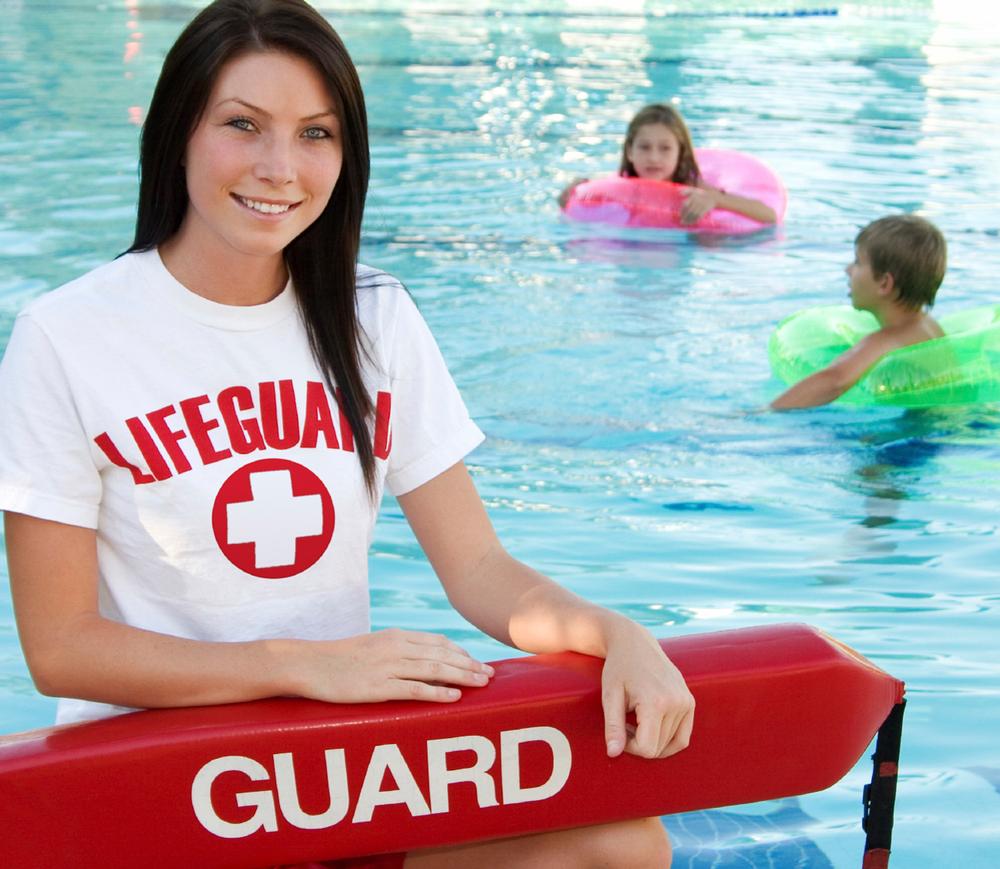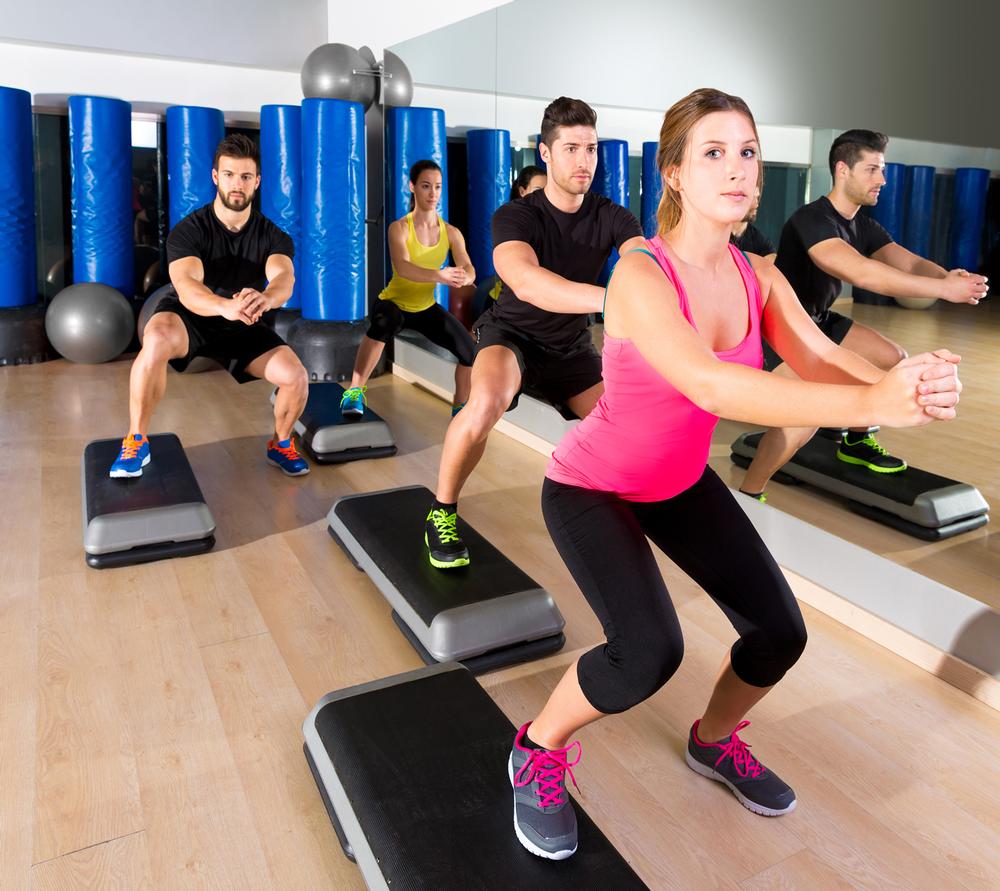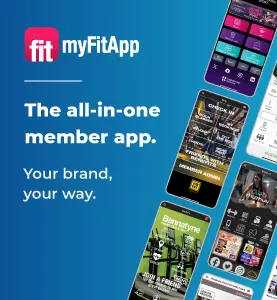Over the years, we’ve seen fantastic health and safety manuals that define an organisation’s health and safety standards and processes. These manuals sit on a shelf (or on a computer) in an office within the facility, but when the site is audited we find unsafe practices being carried out on a daily basis. The question we are often asked is: Why are staff not following the defined standards?
By adopting a bottom-up approach to the management of health and safety, organisations can build a strong safety culture and ensure the standards and processes defined at the top are being cascaded down into the workforce – and with it, help protect their business and the safety of their staff, customers and other visitors.
STEP 1 Walk the walk
Walk around your facility on a regular basis – maybe weekly to start with, depending on what you find. Look at customer-facing areas as well as staff and maintenance areas, including plant rooms, store rooms and cleaning cupboards – anywhere that may be high risk, or where staff carry out duties.
You need to assess the real state of your day-to-day operations, including housekeeping in store rooms and plant rooms, watching your lifeguards in action, studying your staff setting up equipment… Is what they’re doing safe, are they following procedures, are they trained and qualified for the tasks they are carrying out?
Look at the daily internal monitoring records that should be completed, such as pool water testing, daily opening and closing checks, equipment checks… Have they been completed fully, correctly and at the appropriate time?
If everything is running as it should be, you could move to a monthly walkabout. If not, continue with frequent checks.
As a general manager, I used to walk around my sites with the duty managers every three weeks while they wrote down any actions we highlighted. These actions became their responsibility and they reported back to me weekly on progress, until the tasks were complete.
It’s fine for the duty manager to devolve tasks to other members of staff though: giving everyone accountability for risk management and health and safety on a day-to-day basis helps create ownership of tasks, will make staff more aware of their environment, and assists in creating a strong safety culture among all the staff from top to bottom. But remember, if the staff see the duty manager putting equipment away safely, lifeguarding a pool correctly or handling chemicals in a safe manner, they are far more likely to follow by example.
Ensure any issues you identify are actioned: add them to a risk reduction plan, identify a member of staff to complete the task, set a target date for completion and sign off the plan accordingly. Ensure a process is in place to monitor progress. Noting down problems will also act as a checklist to help prevent staff from falling back into old, unsafe habits.
STEP 2 Danger zone
There are numerous acts, regulations and codes of practice setting out the requirements you should follow for the management of health and safety for all aspects of your business. A key requirement is that you must be able to show what you have done and have this documented in site-specific risk assessments, which should be available to staff, in accordance with Management of H&S at Work Regulations 1999.
Many organisations use generic risk assessments across their site, so take a look at your risk assessments and check everything is applicable to your facility and assess if anything is missing.
Writing a risk assessment shouldn’t be a desk-based process: you need to understand the risks first-hand. Take your laptop or tablet to where the activity will happen and ensure staff who normally undertake the activity have input. Ask them what they do, what’s difficult, what’s easy, what they feel are the risks and hazards, what training they’ve had and if they feel it’s sufficient.
Under Control of Substance Hazardous to Health (COSHH), processes and procedures should be created to manage the safe use, storage and handling of chemicals, including the provision of personal protective equipment (PPE) for staff handling chemicals; make sure they are actually using their PPE! Do you have a process to deal with new chemicals brought into the facility, and do maintenance staff know they can’t just pop to the nearest DIY store for chemicals or paints? Do you have an itinerary of all chemicals, including where they are stored?
A site-specific Emergency Action Plan (EAP) should be developed for potential emergency situations, showing actions to take. Ensure each procedure is planned, implemented, reviewed and available to staff, along with suitable training so they understand their responsibilities in the event of an emergency.
Does your risk assessment identify first aid needs and provision? Do you have sufficient first aid-trained staff? Is someone qualified on duty during all opening hours, and is suitable first aid equipment available? All accidents and incidents should be recorded, with an investigation process in place. Do your staff understand Reporting of Injuries, Diseases and Dangerous Occurrences Regulation (RIDDOR), including how to report accidents? Using a web-based accident tool such as STITCH (the CIMSPA-endorsed accident analysis platform) can help you review accident trends and potential hazards. Further details can be found at www.rightdirections-stitch.com
Is equipment servicing up to date and do you have monitoring and mechanisms in place to trigger alerts when servicing is due? Statutory inspections, services and checks should be completed in line with legislation and manufacturers’ instructions, and records should be kept – but do you fully understand the frequency of inspections and what they should cover?
STEP 3 Take control
Look at the risks and each hazard identified in your risk assessment. This will help you decide what control measures need to be put in place, such as staff training. A programme that covers all aspects of tasks and activities staff undertake should be put in place, including job induction and ongoing training. Records, including copies of qualifications, should be maintained on-site and dated and signed by both the trainee and the trainer.
Having identified hazards that require further control measures, safe systems of work should be created in the form of easy-to-read, step-by-step guides. This could be as simple as a sign alerting staff and members that exercise steps should not be stacked more than eight high, or that there’s a trolley for moving chairs in a nearby cupboard.
STEP 4 Watch out
What monitoring provisions do you have in place to evaluate if all of this is happening, and that staff are following procedures and processes and working safely? Monitoring what’s going on in your site on a daily basis is vital to a safe working environment. This can be carried out in the form of both visual and recorded checks.
STEP 5 Pen to paper
Only now can you be confident the procedures in your health and safety manual are being implemented.
A health and safety policy statement should then be created and signed by the person responsible for health and safety. It should contain a commitment to providing a safe and healthy working environment, with effective systems and procedures that influence your organisation, arrangements, premises and equipment – covering all key activities for staff, customers and other visitors. It should also define who’s responsible for what, and provide instructions and guidance on actions required to ensure a safe environment.
Procedures should be written down, updated when needed and regularly reviewed, as should the statement, taking into account significant changes in size or organisational structures.
But it doesn’t stop there. Who keeps staff up to date on the latest legislation, and makes sure your processes reflect this? Is there a review process for new legislation? Who updates you on any changes to the law? Do you have a process in place to ensure this is cascaded down from head office, through managers and to the shop floor?
An outside pair of eyes looking at what your staff are doing and reviewing processes and procedures can help ensure staff are working safely and can assist in developing a strong safety culture across the board. Doing an external health and safety audit at least once a year is the way to achieve this.
The Health and Safety Executive’s Managing for Health & Safety (HSG65) Plan, Do, Check, Act model aims to achieve a balance between the systems and behavioural aspects of management. Hand-in-hand with our advice, it treats H&S management as an integral part of good management, not as a standalone system. For details, visit www.hse.gov.uk/managing/plan-do-check-act.htm
Working as a team is the only way to instil a proactive safety culture among all staff – without this, you will be back to square one within a few months.
























































